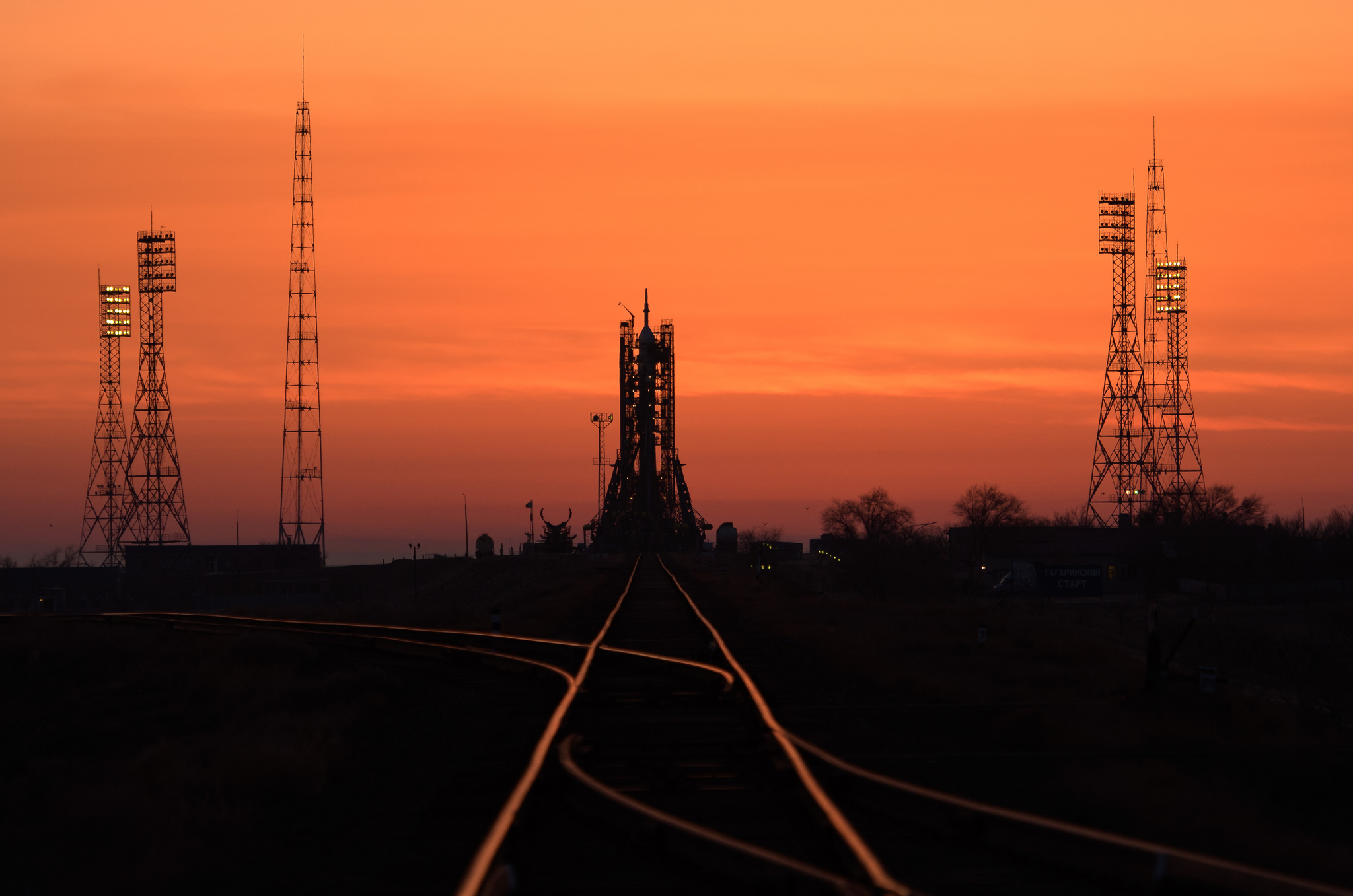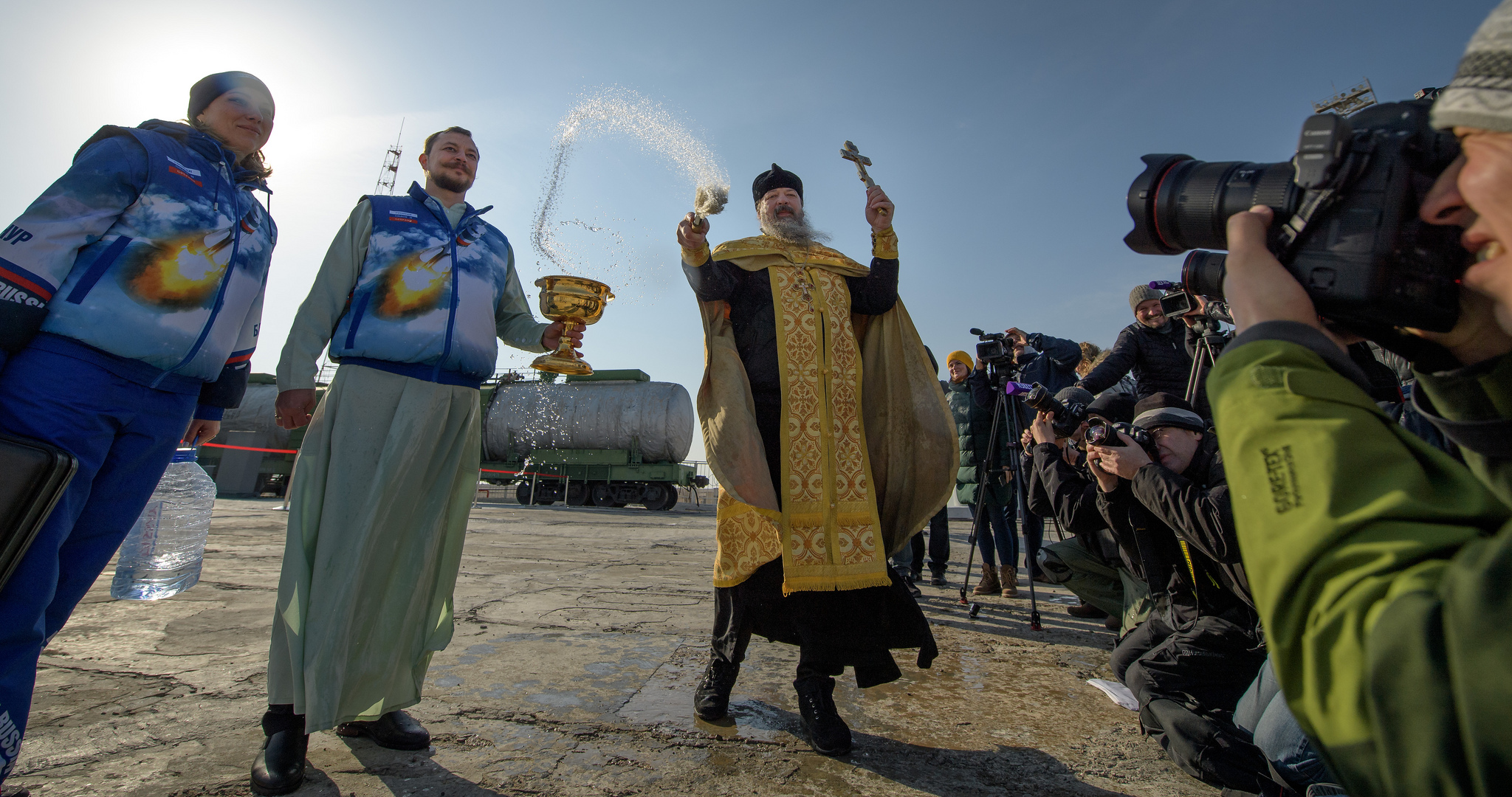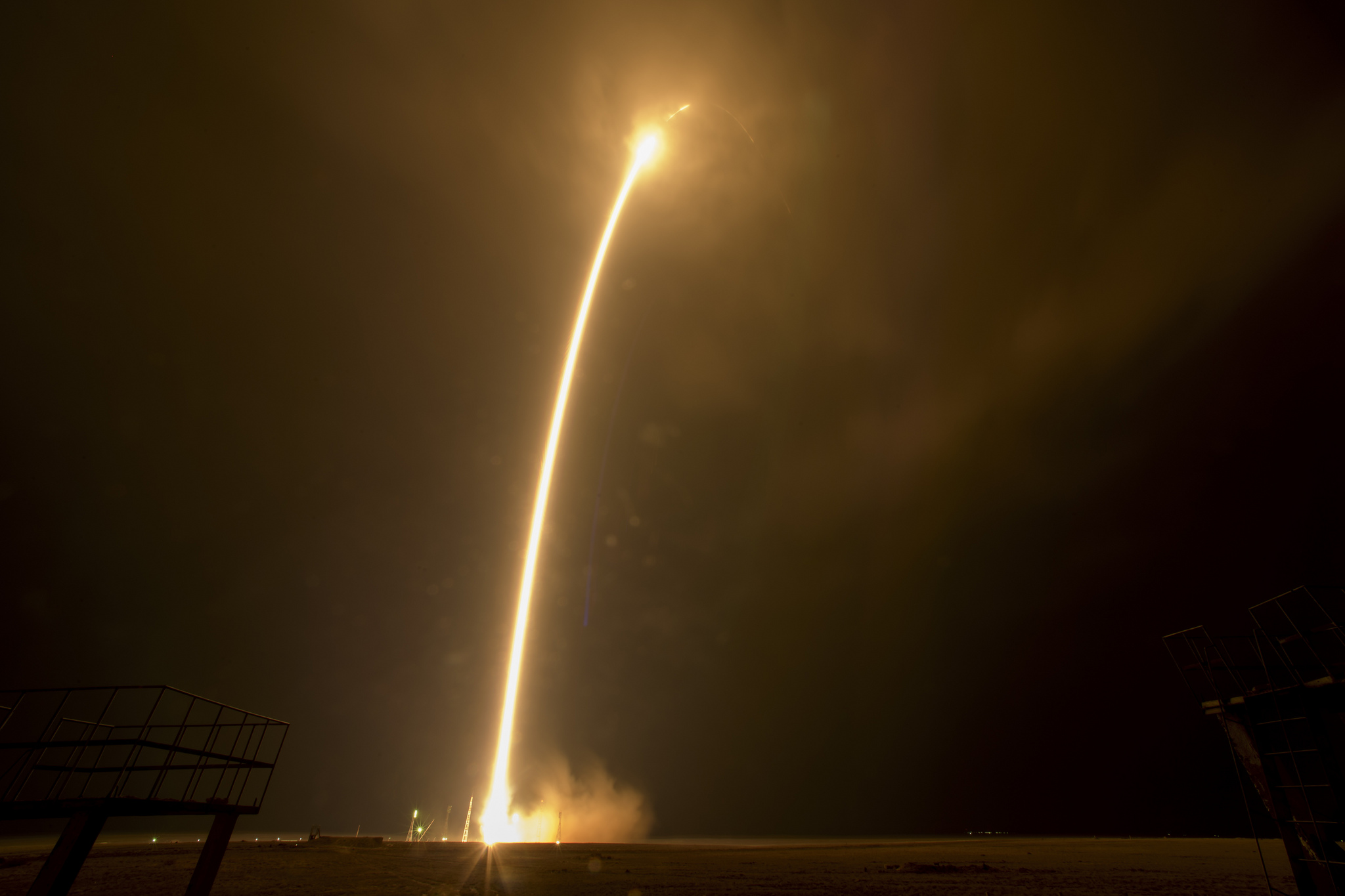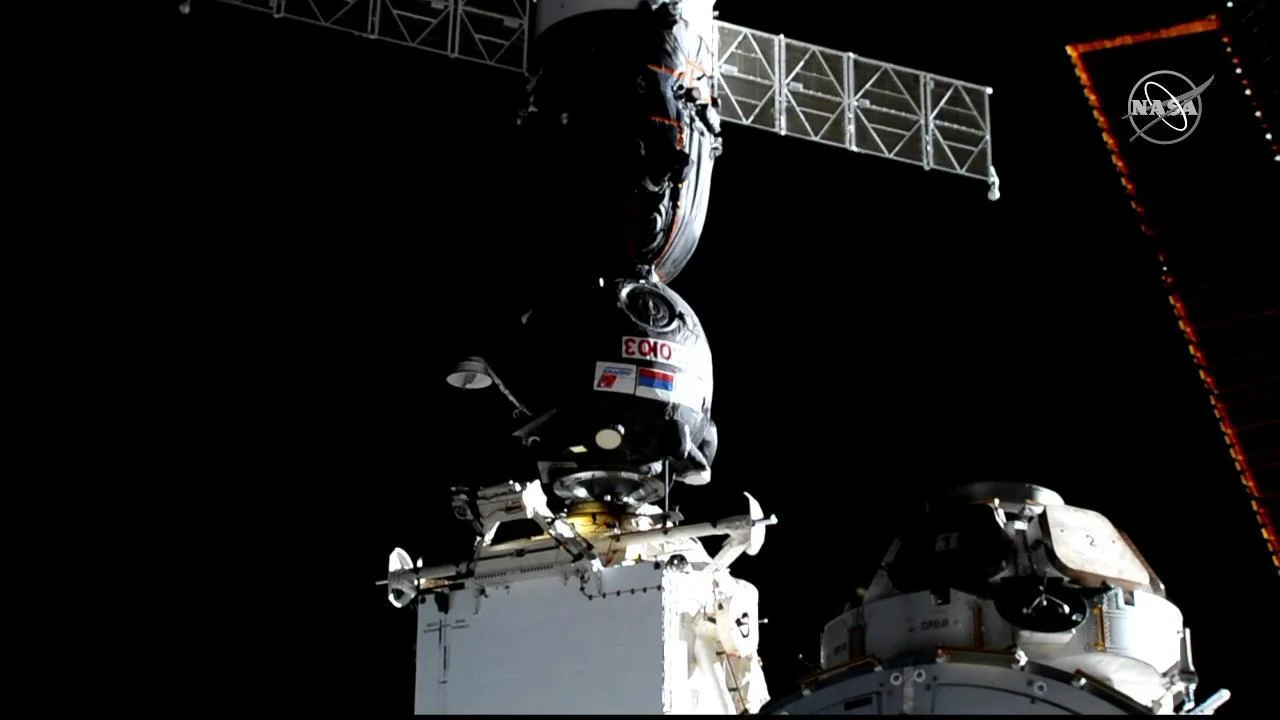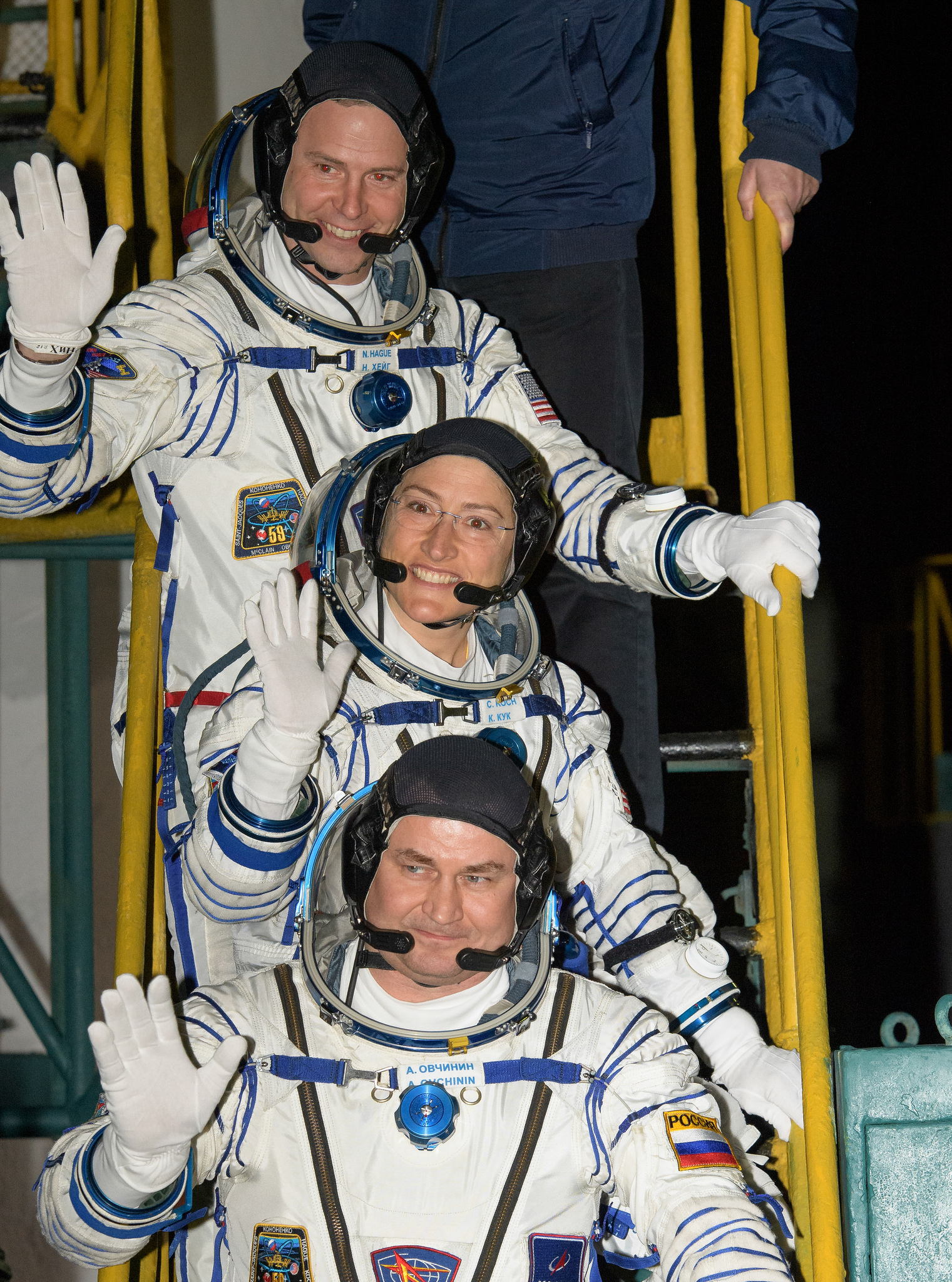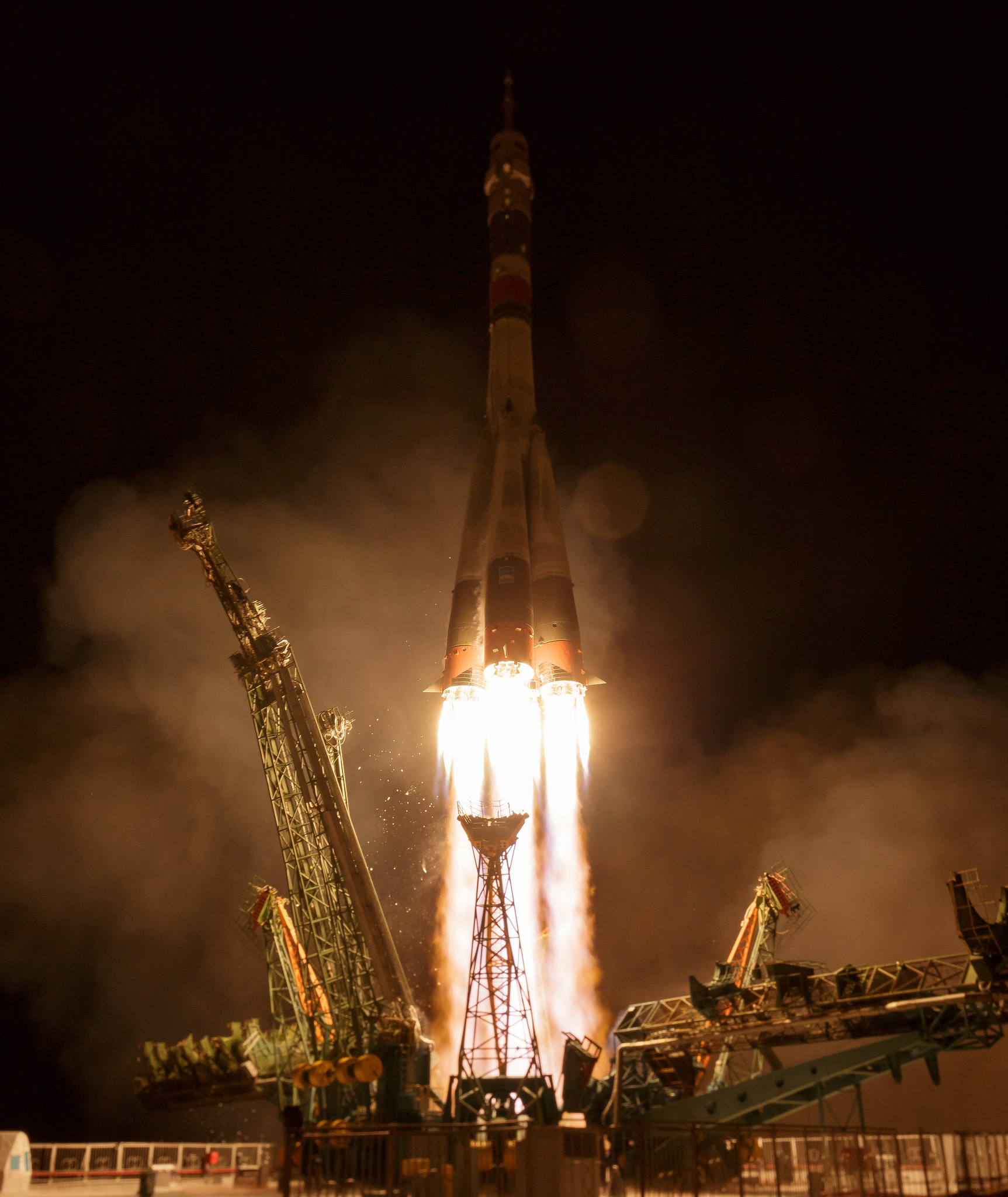Soyuz MS-12 reaches ISS, Expedition 59 begins
/After a successful launch from Baikonur Cosmodrome in Kazakhstan, the Soyuz MS-12 spacecraft rendezvoused and docked with the International Space Station some six hours later.
Aboard Soyuz MS-12 was Russian cosmonaut Aleksey Ovchinin and NASA astronauts Nick Hague and Christina Koch.
The spacecraft’s arrival at the Earth-facing port of the Rassvet module at 01:01 UTC March 15 doubled the outpost’s crew size and set the stage for a busy next couple of weeks of spacewalks and science.
But to get to the ISS, the crew had to launch in a Soyuz-FG rocket. Liftoff from Baikonur’s Pad 1/5 took place at 19:14 UTC March 14. For Ovchinin and Hague, this was the second time they had taken this part of the trip in five months as their Oct. 11, 2018, attempt in Soyuz MS-10 resulted in an in-flight abort roughly two minutes into ascent.
However, this flight went by the book and roughly nine minutes later they were safely in orbit and ready to make their chase of the ISS.
Hague and Ovchinin are planning to stay aboard the outpost until Oct. 3, 2019. Koch will stay aboard for an additional three months to make room for a United Arab Emirates astronaut to return to Earth after he launches aboard Soyuz MS-15 in late September 2019.
Also staying longer will be NASA astronaut Drew Morgan, who is slated to launch in July 2019 aboard Soyuz MS-13 and land in Soyuz MS-15 in March 2020. So, the UAE astronaut will take Koch’s Soyuz MS-12 seat, Koch will take Morgan’s Soyuz MS-13 seat, and Morgan will take the UAE astronaut’s seat in Soyuz MS-15.
For now, the full six-person Expedition 59 crew — which also includes Russian cosmonaut Oleg Kononenko (the expedition commander), NASA astronaut Anne McClain and Canadian Space Agency astronaut David Saint-Jacques, who launched in Soyuz MS-11 in December 2018 — will start preparing for a busy next several weeks with multiple spacewalks planned.
Up first will be one with McClain and Hague on March 22. They will venture outside the outpost to start the process of replacing the old nickel-hydrogen batteries on the P4 Truss 2A Power Channel with new lithium-ion units brought to the outpost during the Japanese Kounotori 7 cargo mission.
These batteries were originally planned to be installed last October after Hague and Ovchinin arrived in Soyuz MS-10. However, fate had other plans.
Once their spacewalk is completed, McClain and Koch will venture outside a week later on March 29 to finish the job. Their extravehicular activity, by chance, will be the first all-female spacewalk. Coincidentally, it will occur during Women’s History Month in the United States.
Once their spacewalk is completed, at least one more by Hague and Saint-Jacques is planned for April to run jumper cables and perform other maintenance tasks.
In the meantime, at least three visiting vehicles will travel to the outpost. Russian Progress MS-11 on April 4, Northrop Grumman’s NG-11 Cygnus on April 19 and SpaceX’s CRS-17 Dragon on April 27.
Also potentially on the schedule is the first flight of Boeing’s CST-100 Starliner. That first unpiloted test flight, called Orbital Flight Test, is slated for no earlier than late April and will launch atop a United Launch Alliance Atlas V N22 rocket (N22 means it has no payload fairing, two solid rocket motors and a two-engine Centaur upper stage).
Expedition 59 is expected to come to an end in late June when Kononenko, McClain and Saint-Jacques return to Earth in Soyuz MS-09. At the moment of their planned June 25 undocking, Expedition 60, led by Ovchinin, will officially begin.



